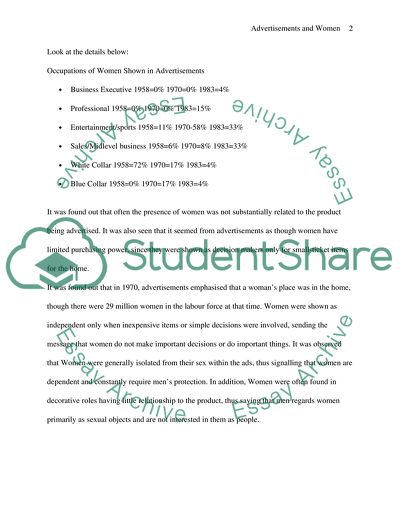Cite this document
(“Depiction of women in the advertisements from 1950 to 2005 Essay”, n.d.)
Depiction of women in the advertisements from 1950 to 2005 Essay. Retrieved from https://studentshare.org/media/1535479-depiction-of-women-in-the-advertisements-from-1950-to-2005
Depiction of women in the advertisements from 1950 to 2005 Essay. Retrieved from https://studentshare.org/media/1535479-depiction-of-women-in-the-advertisements-from-1950-to-2005
(Depiction of Women in the Advertisements from 1950 to 2005 Essay)
Depiction of Women in the Advertisements from 1950 to 2005 Essay. https://studentshare.org/media/1535479-depiction-of-women-in-the-advertisements-from-1950-to-2005.
Depiction of Women in the Advertisements from 1950 to 2005 Essay. https://studentshare.org/media/1535479-depiction-of-women-in-the-advertisements-from-1950-to-2005.
“Depiction of Women in the Advertisements from 1950 to 2005 Essay”, n.d. https://studentshare.org/media/1535479-depiction-of-women-in-the-advertisements-from-1950-to-2005.


